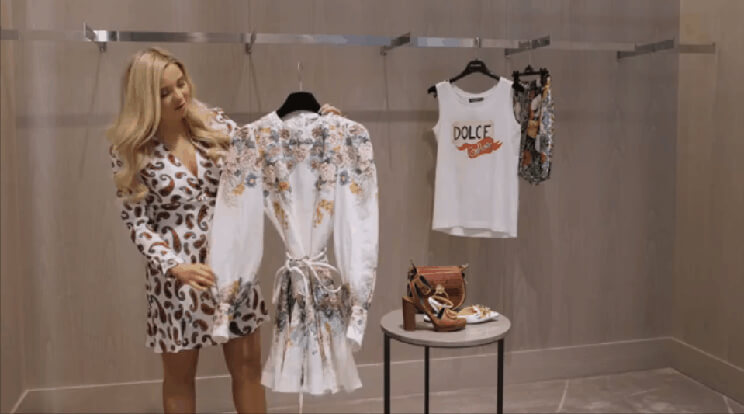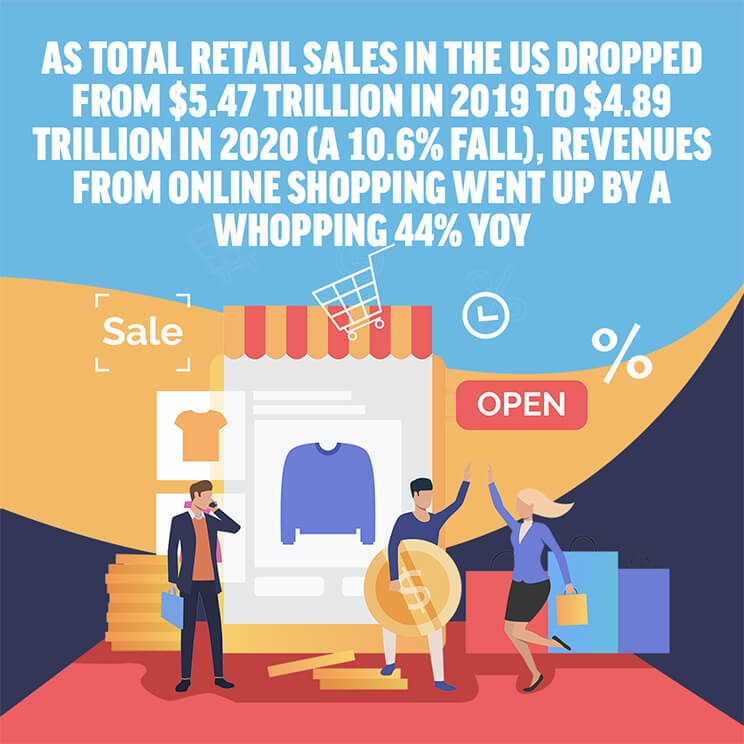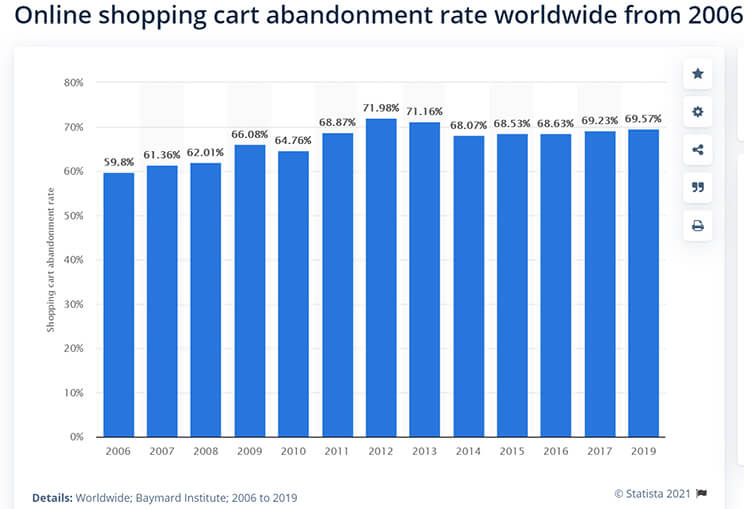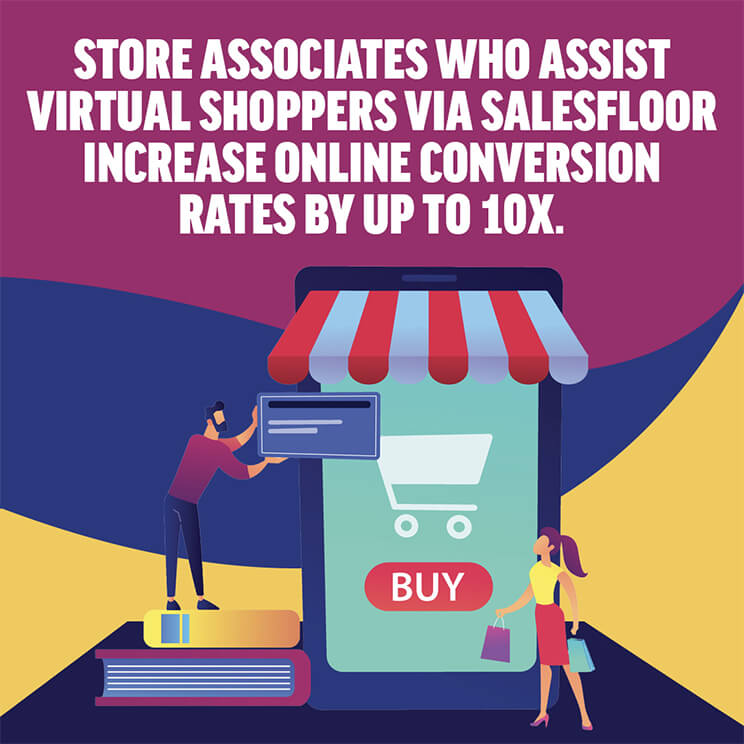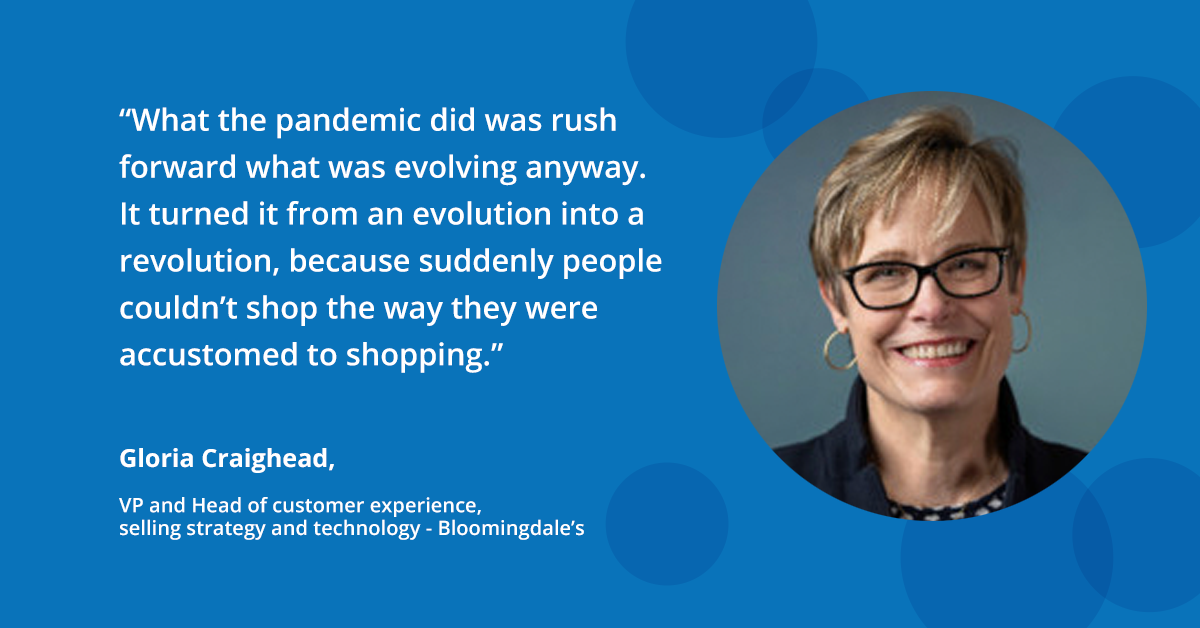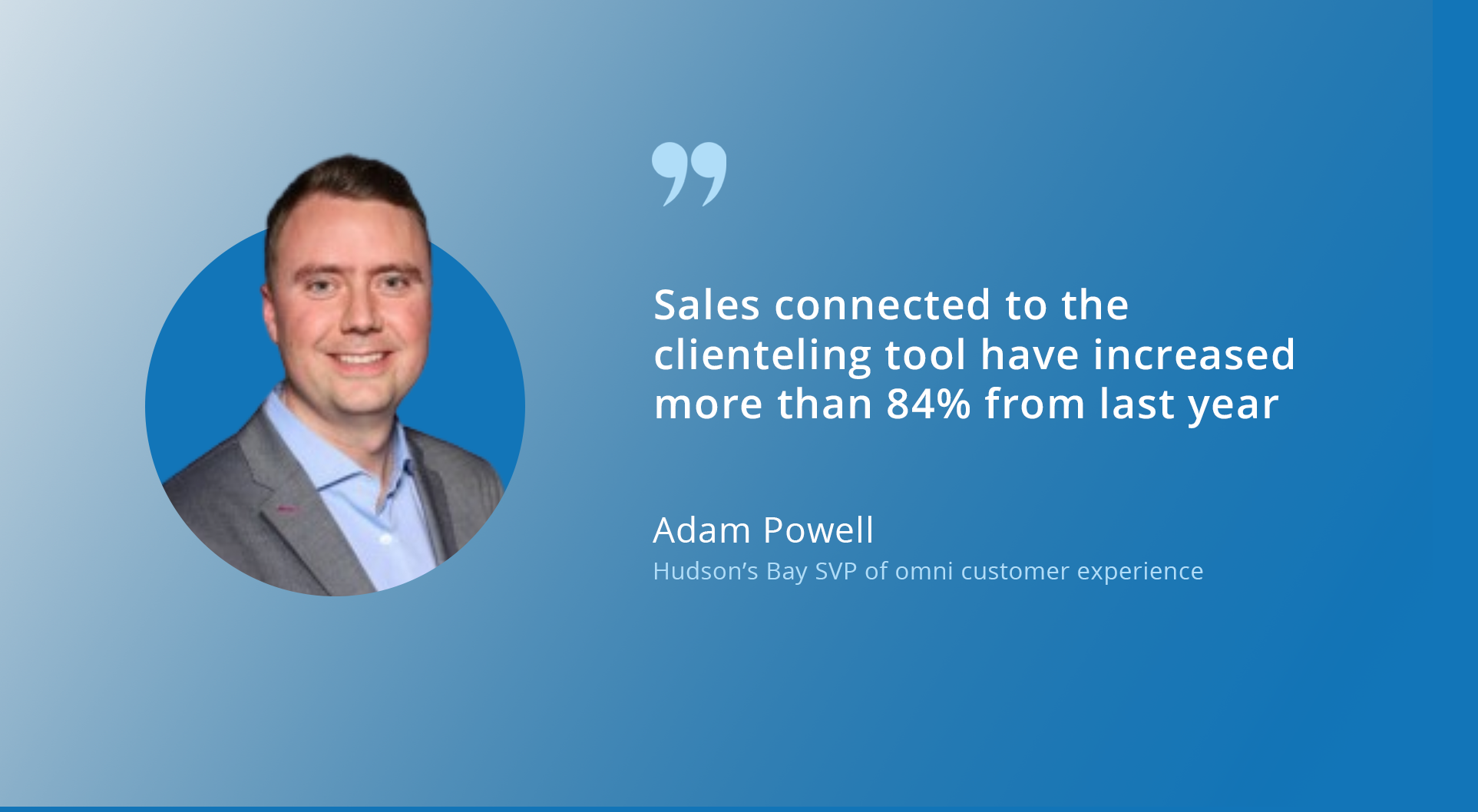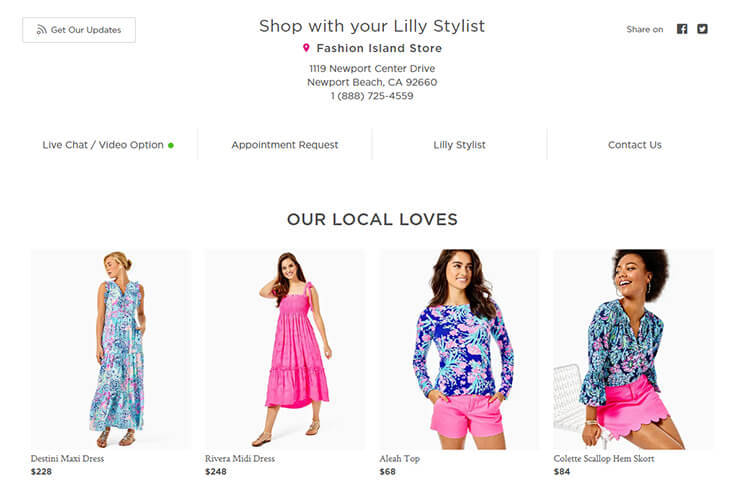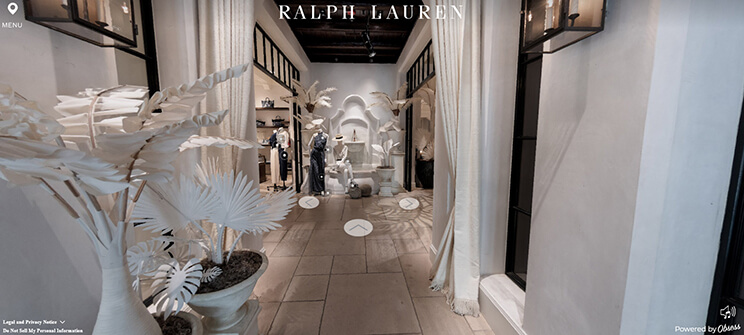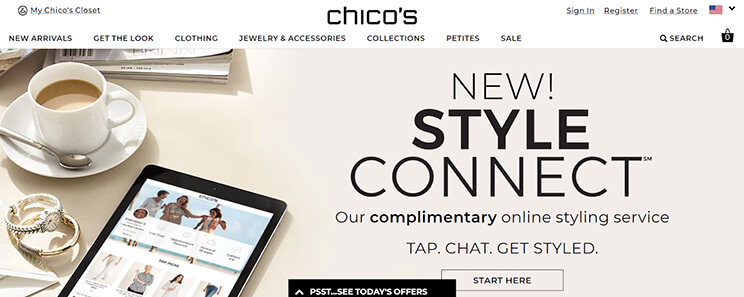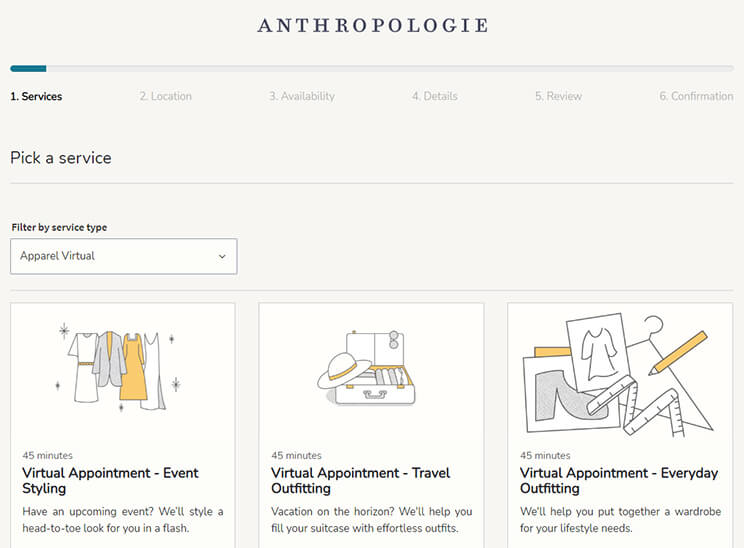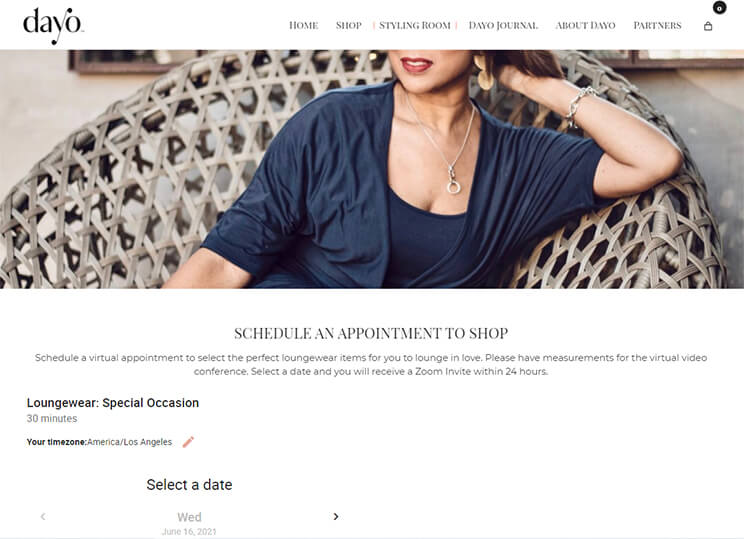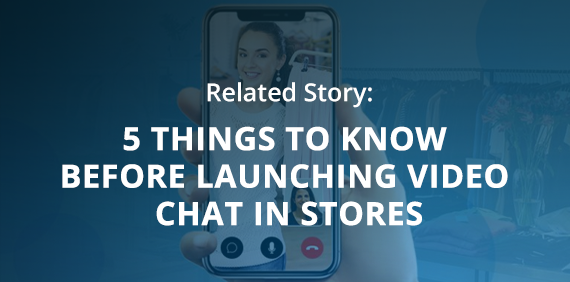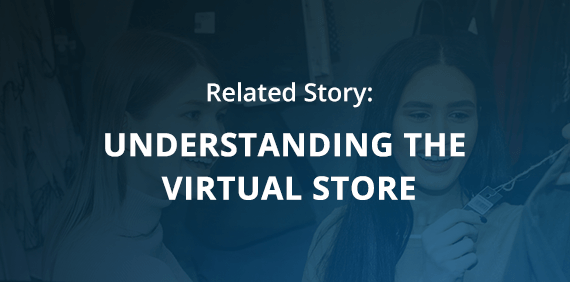Everything You Need to Know About
With COVID-19 bringing in a host of unprecedented challenges and disruptions, the retail industry has had to greatly rethink its strategies. Businesses have been hard at work to close the gap between brick-and-mortar and online shopping experiences.
Amidst all this, virtual shopping has emerged as a powerful tool for retailers to bring the human connection and personalization from in-store shopping experiences to the consumer’s home. In this article, we’ll explore the nitty-gritty of virtual shopping and what it entails. We’ll also take a look at some great examples of virtual shopping in action and learn how to implement it easily.
So, let’s get started.
What is virtual shopping?
Simply put, virtual shopping brings the in-store shopping experience to the customer’s home through a real-time connection with a store associate. It enables customers to connect instantly with an associate (who might be working from their home or in-store) over text messaging, live chat, email, or video while browsing an e-commerce website.
Customers can use these virtual shopping experiences to ask any questions they might have about the products, get recommendations tailored to their personal preferences, and even try out products (virtually of course).
Online shopping experiences, although convenient, lack the human touch and the ability to obtain a true-to-life representation of a product. Virtual shopping tackles these shortcomings head-on — it provides online shoppers with an immersive, interactive, and engaging experience that mimics the actual in-store shopping experience to a great extent.
At a time when the world is recovering from a raging pandemic, virtual shopping may well be the future of retail.
The rise of virtual shopping in times of COVID-19
It has been more than a year and a half since the pandemic hit — and life hasn’t been the same ever since. With physical distancing becoming the new normal, COVID-19 turned our entire world upside down including the way we live, work, and even shop.
Brick-and-mortar stores across the globe were forced to shut their doors to the public, and even the most loyal in-store shoppers had to turn to online stores in order to ensure everyone’s safety.
As total retail sales in the US dropped from $5.47 trillion in 2019 to $4.89 trillion in 2020 (a 10.6% fall), revenues from online shopping went up by a whopping 44% YoY — the highest growth in two decades.
However, traditional online shopping was still quite impersonal — precisely the reason why shopping cart abandonment rates have consistently hovered around 70% in the last 10 years. This is partly because customers tend to walk away from online purchases without adequate customer support.
On the other hand, if you’re able to offer strong customer service online — similar to what people experience in physical stores — you can greatly improve conversions. Consider the fact that store associates who assist virtual shoppers via Salesfloor increase online conversion rates by up to 10x.
This brings us to the next big thing in retail experiences — virtual shopping. Ralph Lauren, for example, took to creating exact digital replicas of some of their retail stores, while Charlotte Tilbury took to creating 3D virtual showrooms — to take their online shopping experiences to the next level.
What does virtual shopping look like?
Going the Ralph Lauren or Charlotte Tilbury way requires investing in specialized virtual shopping technology, but it isn’t the only way to implement virtual shopping on e-commerce websites.
Essentially, virtual shopping entails emulating real-life in-store shopping experiences in a virtual environment. This can be created in a number of ways as explained below.
Virtual consultations and assisted shopping
By far, the simplest way to incorporate virtual shopping experiences into your online store is to leverage technology that allows your customers to connect with store associates instantly for a virtual consultation or assisted shopping session.
For example, Saks Fifth Avenue, Lilly Pulitzer, Chico’s, and many other retailers use Salesfloor’s technology to enable one-on-one consultations with store associates over video, live chat, text, email— directly from the brand’s website.
Using Salesfloor Connect, customers can instantly connect with an associate while browsing. They can ask any questions they might have or get personalized recommendations and help in navigating the website. Customers can also request virtual appointments for a consultation or assisted shopping session at their convenience.
3D virtual stores
These 3D virtual experiences are modeled on real-life brick-and-mortar showrooms that you can find in shopping malls. Mostly accessible using an app or the web, they allow you to move through aisles, inspect products from shelves, and add them to your shopping cart with a click of your mouse.
Most of them have the same familiar visual merchandising that you would come across at their physical stores. With the right kind of technology, you can create virtual shopping experiences that are almost as good as the real thing. For example, the Ralph Lauren Beverly Hills virtual store experience even plays the same music that you would hear at their physical store.
Virtual reality stores
Virtual reality stores are designed a little differently than 3D virtual stores — these virtual shopping experiences can be accessed only through the use of specialized equipment like VR headsets. These headsets will then simulate the experience of shopping in a store allowing the customer to pick up products to examine them in 3D before purchasing.
Chinese e-commerce giant Alibaba, for example, implemented virtual reality shopping to celebrate Singles Day a few years ago. The biggest limitation of this kind of virtual shopping environment, however, is that it requires the customer to have access to specialized equipment in order to experience it.
Virtual shopping in action: Who’s doing it right?
Now that we’ve covered the basics of virtual shopping — what it means, why it’s more important than ever, and what it entails, let’s take a look at some brands who are killing it with their virtual shopping experiences.
1. Chico’s – Clothing and accessories retailer Chico’s offers a virtual shopping experience called “Style Connect” that’s powered by technology from Salesfloor. Customers can connect with Chico’s style experts over text, live chat, or email to get personalized style suggestions and advice or ask any questions they might have.
Chico’s experts can curate looks and outfits based on a customer’s needs, budget, and preferences. Customers can even book a virtual appointment for an assisted shopping session or a style consultation with an expert at a time of their choosing.
2. Urban Outfitters – Last year, Urban Outfitters enabled virtual appointments on two of its websites — Anthropologie and BHLDN — to engage customers better in the face of the COVID-19 pandemic. Using this feature, customers can book an assisted shopping session with an expert via Zoom on either of these websites and get personalized product recommendations as well as answers to any questions they might have.
All they need to do is fill out a form that asks about their style preferences and needs. An expert would then review the details and confirm the appointment.
Since these virtual shopping experiences were introduced, Urban Outfitters has witnessed a 25% increase in the number of customer transactions. The brand has also engaged with over 25,000 customers using a combination of in-store and virtual appointments and email consultations since April 2020 — all while adhering to social distancing norms.
3. Cos Bar – Beauty brand Cos Bar leverages Salesfloor’s technology to provide seamless, personalized virtual shopping experiences to its customers online. Using the Salesfloor widget, Cos Bar’s customers can connect with beauty specialists in real-time over live chat, text, video, and email for one-on-one consultations or to get their questions answered.
Cos Bar’s beauty specialists can also share personalized product recommendations with customers and assist them in shopping for the perfect products on their website. Customers can also book a virtual appointment for a beauty consultation or an assisted shopping session with an expert at their convenience.
4. Dayo – Women’s loungewear brand Dayo introduced virtual appointments in the face of the pandemic in an attempt to make up for the revenue they would normally garner from pop-up shops and events.
Dayo is a digitally native brand that mostly relied on monthly events (in partnership with other lifestyle brands) and pop-up shops (that opened for three to four hours) for their offline sales in the pre-pandemic era. However, the pandemic forced them to suspend these, and the brand was struggling to find an alternative to make up for lost sales.
Using their virtual appointment feature, Dayo’s stylists ask shoppers to fill out a short questionnaire and help them take their measurements before sharing style suggestions and displaying them on a mannequin. For Dayo, each of these virtual appointments has resulted in a sale and their revenues are up 100% since the pandemic.
How to implement virtual shopping at your online store
From accepting payments to selling, the pandemic has forced us to resort to contactless methods of doing business. However, even in spite of all that, human connection still matters a lot today. Contact us to get started.
